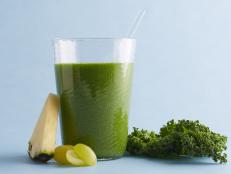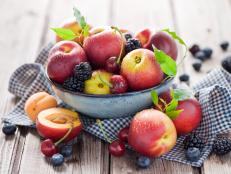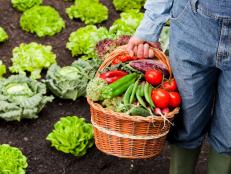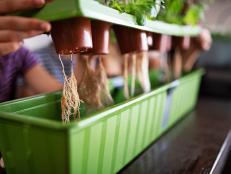Cancer Prevention: Cruciferous Veggies
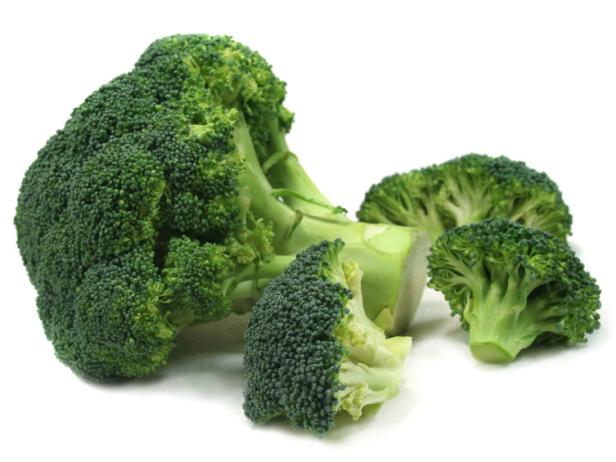
Marén Wischnewski, Marén Wischnewski
In honor of World Cancer Day, we’re focusing on cruciferous veggies---those from the cabbage family. Studies show that these vegetables have a special plant chemical that protects against cancer. Here are some ideas on how to incorporate them into your everyday eating plan.
Cruciferous vegetables include cabbage, broccoli, cauliflower, turnips, kale, and Brussels sprouts. These superstar veggies are packed with so many nutrients it’s tough to keep count. They contain fiber, vitamins A and C, riboflavin, B6, folic acid, magnesium, potassium and omega-3 fats. What’s more, they also have plant chemicals known as glucosinolates that have been shown to help reduce the risk of various types of cancer.
A 2011 study in the International Journal of Urology found that the more veggies that were eaten from the cabbage family, the lower the risk was from prostate cancer. According to the American Institute for Cancer Research, studies also link the various components in cruciferous veggies to helping reduce the risk of colorectal, esophageal, stomach, mouth and pancreatic cancer.
These green jewels can be broiled, roasted or steamed – or sliced and sautéed like in the recipe below. If you’re not familiar with cooking these babies, check out our recent post.
Studies show that cooking broccoli may enhance its cancer-fighting properties. Keep a bag in the freezer and toss into pasta, soups, stews, stir-fry and rice dishes. Find out why broccoli is one of our top 10 superfoods.
There are many varieties of this leafy veggie including Dinosaur (a.k.a. Cavolo Nero), Curly, and Plain Leaved. If using raw in a salad, don’t chop or tear until you’re ready to use it in order to preserve the vitamin C.
Green or red, cabbage contains a plethora of nutrients. Red cabbage also contains anthocyanins, a potent anti-inflammatory antioxidant.
Although peak season is September through November, you can still find cauliflower in your frozen food aisle; look for brands without added butter or sauces.
Add this green veggie to soups or stir-fry. Raw bok choy adds a sweet crunch to salads and sandwiches too.
Toby Amidor, MS, RD, CDN, is a registered dietitian and consultant who specializes in food safety and culinary nutrition. See Toby's full bio »

























